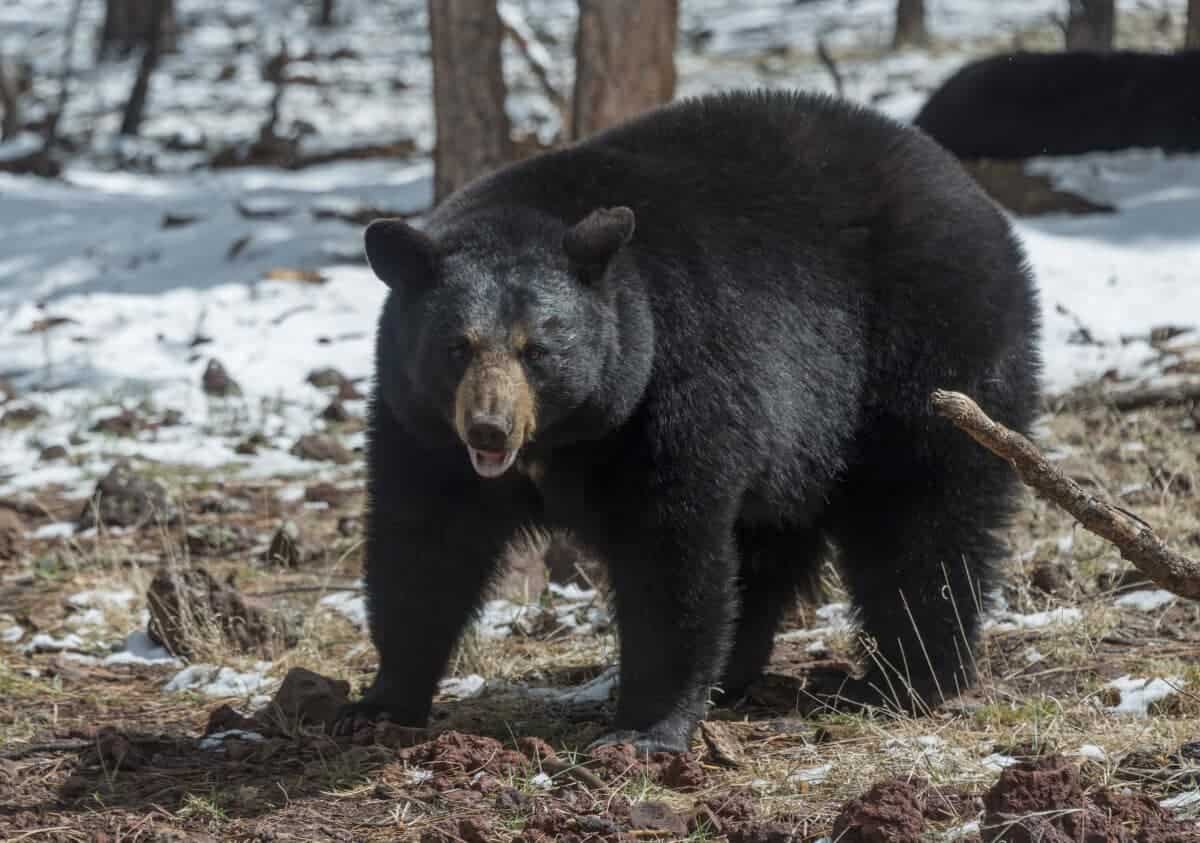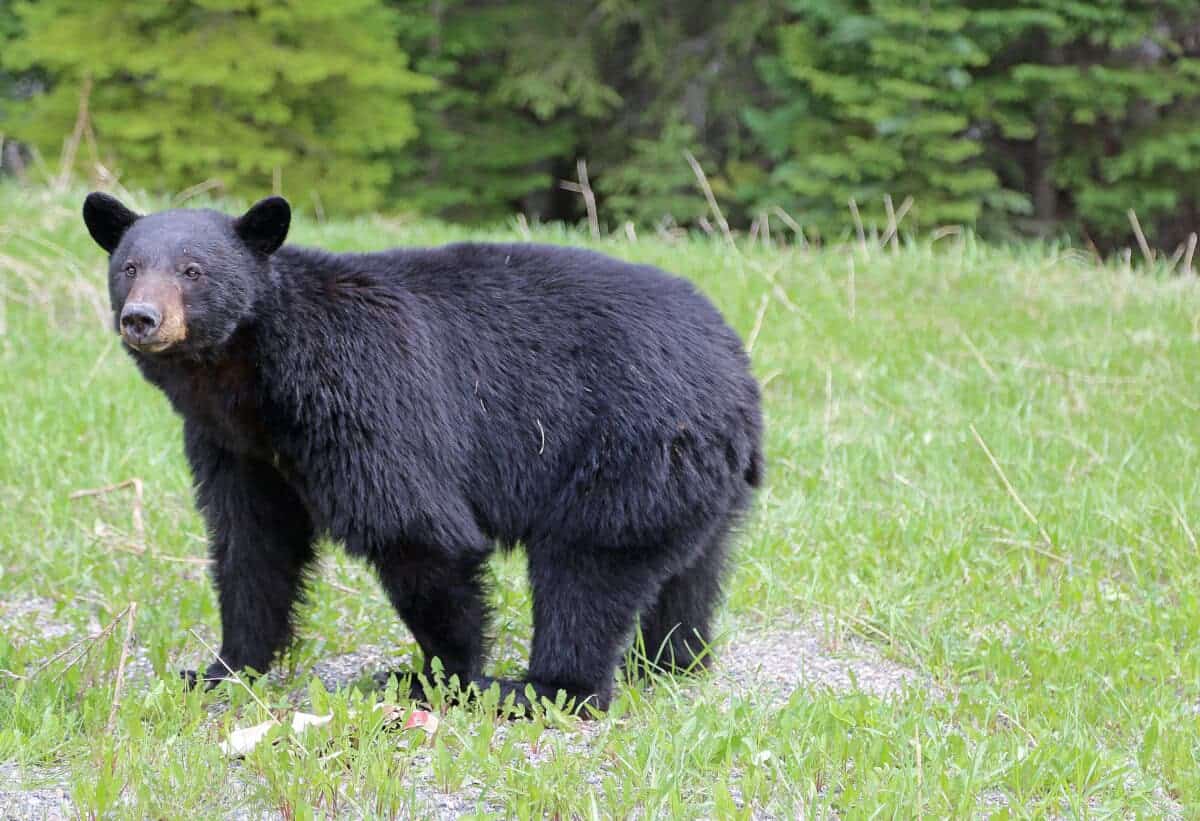In what looks like a live recreation of a horror scene, the video captures a curios black Bear wandering through an Aspen hotel in Colorado; a state known for its abundance of forests and bears, before being spotted by a helpless security guard.

The kitchen in question belongs to the St. Regis Aspen Resort, a beautiful establishment offering luxurious accommodation and unforgettable views. But, evidently, watch out for bears. Rather than being a fatal attack, which it easily could’ve been, the guard was only left with scratches on his back, however, he was rushed to hospital to ensure nothing more severe occurred.

Watch
It took place on the 23rd of October 2023, around 11 p.m., and can only be described as a ‘lucky escape.’ Once spotted, the bear rushed toward the security guard, swiping at him with its claws before darting off into the woods (though the latter part is a guess).
Are Black Bears Aggressive?
They are often perceived as less aggressive compared to their larger relatives, the grizzly or brown bears. However, the level of aggression in black bears can vary based on several factors, including their age, sex, health, and the specific circumstances.

Generally, they tend to avoid confrontations with humans and will often retreat if given the opportunity. They are naturally shy and typically less territorial, which contributes to their relatively non-aggressive nature. Despite this, black bears are wild animals and should be treated with caution and respect.
While most encounters end without incident, they can become aggressive if they feel threatened, especially if they have cubs to protect. In these situations, black bears may exhibit defensive behavior, which can include bluff charges, vocalizations, or even physical contact.
Where Do Black Bears Roam?

Black bears, native to North America, can be found in a variety of habitats across the continent. Their adaptability and wide range of suitable environments allow them to thrive in diverse locations, including:
- Forests: Often associated with dense forests, where they find ample cover and an abundant source of food, including berries, nuts, and small mammals. They are particularly common in temperate and boreal forests.
- Mountainous Regions: In mountainous areas such as the Rockies and the Appalachian Mountains, black bears are frequently encountered. These areas offer both forested habitats and a range of elevations, providing different food sources at various times of the year.
- Swamps and Wetlands: Black bears also inhabit swamps and wetlands, which provide access to fish, amphibians, and aquatic plants.
- Grasslands: In some regions, like the Great Plains, black bears may venture into grasslands and meadows, especially during specific times of the year to access food resources.
- Human-Modified Landscapes: Black bears have shown adaptability by venturing into suburban and urban areas in search of food. Trash cans, bird feeders, and even fruit trees can attract them to residential neighborhoods.
- National Parks and Wilderness Areas: Many national parks and wilderness areas are home to black bear populations. Observing these animals in protected natural habitats is a popular activity for tourists and nature enthusiasts.
Join our Forum for free today!

- Insects are Dismantling Tunisia’s Crucial Prickly Pear Industry - July 24, 2024
- Cocoa Traders Risk Losing Billions to Ghana’s Infected Crops - July 24, 2024
- Miracle on the Mountain: A Seven-Hour Dog Rescue Underground - July 23, 2024


